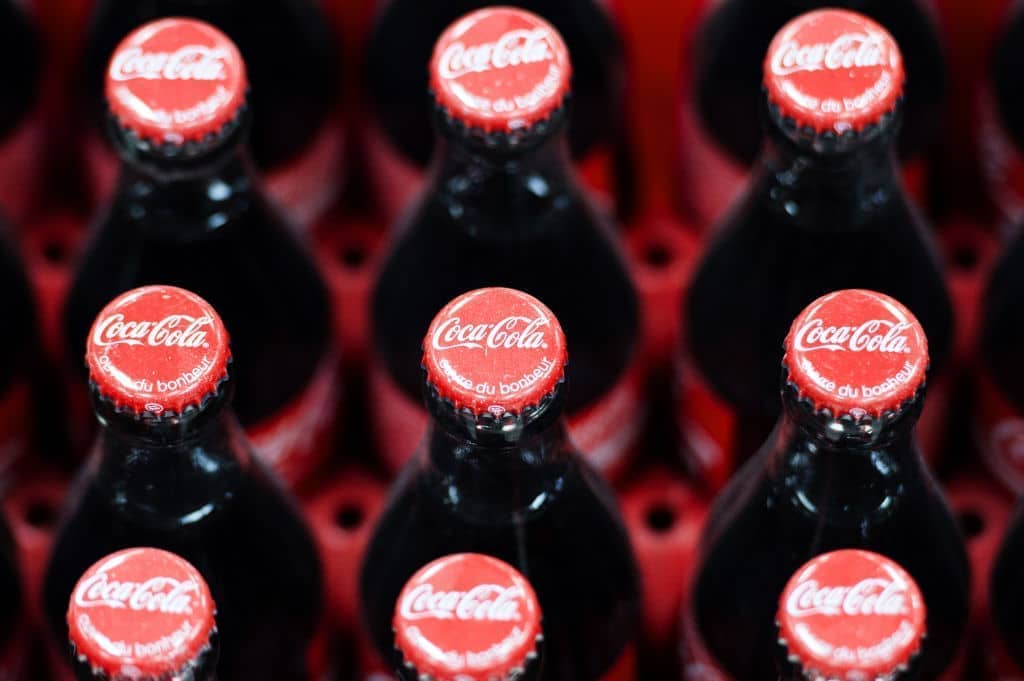Mixing red wine with Coca-Cola would have the great Roger Scruton turning in his grave. He wrote the wonderful book I Drink Therefore I am: A Philosopher’s Guide to Wine about the purity and life-enhancing joy of drinking wine properly.
‘It enacts for us the primal unity of soul and body—the heart-warming liquid stirs us to meditation, seeming to bring with it messages that are addressed to the soul,’ argued Scruton.
Indeed, as I learned on my Camino through the vineyards of Spain and Portugal, imbibing for 11 months endless variations of remarkably affordable quality wines across the Iberian Peninsular, we are truly blessed to have wine.
It was, after all, the centre piece of Jesus’s first miracle at the marriage ceremony in Cana. As the youngest brother Alyosha notes about this fact in Fyodor Dostoevsky’s The Brothers Karamazov: ‘It was not men’s grief, but their joy Christ visited. He worked his first miracle to help man’s gladness…He who loves men loves their gladness too.’
Which is why I think Christ would nod sympathetically when it comes to turning red wine into red wine with Coca-Cola. Especially when times are hard and alcohol prices are up, there is much to be said for imbibing flexibly—as I learned in Addis Ababa when writing and drinking in the Ethiopian capital.
In Ethiopia, pouring a bottle of red wine into your glass while also tipping in the contents of a bottle of Coca-Cola is common practice. For one, it helps the pricier wine last longer for cash-strapped imbibers inhabiting a developing economy. Handily the resulting mix also serves as a bit of an aphrodisiac, an Ethiopian teacher friend said to me with a wink.
It’s usually a 50/50 split, and while I have been sold on it ever since, such ribald mixing of the produce of the holy grape is close to sacrilegious for some. In Addis, I was friends with a lovely Italian anthropologist who nearly stopped talking to me when I enthused about the merits of mixing wine and Coca-Cola. She took on an extremely stern expression, fixed me with her eyes and shook her head.
Other countries are more tolerant than high-standard northern Italians. Mixing red wine with Coke is popular in China, especially among young urban professionals. It’s very widespread in Spain—where the mix is thought to have originated—Latin America and Eastern Europe.
It apparently began during the 1920s in Spain’s Basque country, although it was not common as Coca-Cola wasn’t manufactured in the country. This changed after the first Coca-Cola factory opened in Spain in 1953 and the mix became favoured for its simplicity and the accessibility and cheap cost of ingredients.
The mixing also helped cover up the taste of dodgy red wine (that certainly applied in the Addis context as some of the local reds can be a tad tart). The story goes that at a Spanish festival in the 1970s, some servers realised the wine didn’t taste right and so they tried to cover it up with what was closest to hand—Coca-Cola. The resulting mix was given the name of calimocho—based on the conflation of various Basque words that I can’t fathom or explain—that is still served today.
The Spanish are pretty keen on adding all sorts of things to red wine. Sangria—also big in Portugal—is the best known of these mixes and a go-to for British tourists, who are largely responsible for its existence, apparently, as locals don’t drink it as much. It’s a red wine punch containing plenty of chopped fruit, and usually with other ingredients and liquors poured in to up the ante. Clericó is a similar popular beverage in Latin America.
Then there is tinto de verano. It typically consists of half table red wine and half some sort of carbonated soda, usually lemonade, served over ice and usually with a slice of lemon or orange. On Friday afternoons in the supermarkets of wonderful Seville, I would join locals and tourists buying large bottles of absurdly cheap pre-made Don Simon Tinto de Verano Clasico to drink under the hot Andalusian sun as the swifts soared across the sky above.
In these straightened economic times, it’s no surprise that, unable to choose top-shelf liquor or expensive rarefied wines, drinkers are opting for more sensible cheaper workarounds.
‘Throughout recorded history human beings have made life bearable by taking intoxicants,’ Scruton wrote. ‘Without their aid we see each other as we are, and no human society can be built on so frail a foundation.’
While inflation in the UK is nowhere near current Ethiopian levels—hitting 34 per cent earlier this year; not helped by the fallout of a dreadful 18-month-long civil war—the vastly higher relative living costs of UK life mean small increases create serious challenges.
I know going teetotal would be the most cost-effective response to pricier booze—especially in the US where the inflationary situation is even worse. But I’m more tempted to embrace these inspiring workarounds. Scruton of all people would agree that in hardened times drink is a salve: ‘Properly used, alcohol is a stimulus to conversation, a solvent of awkwardness and a reminder that life is a blessing, and other people too.’






Comments